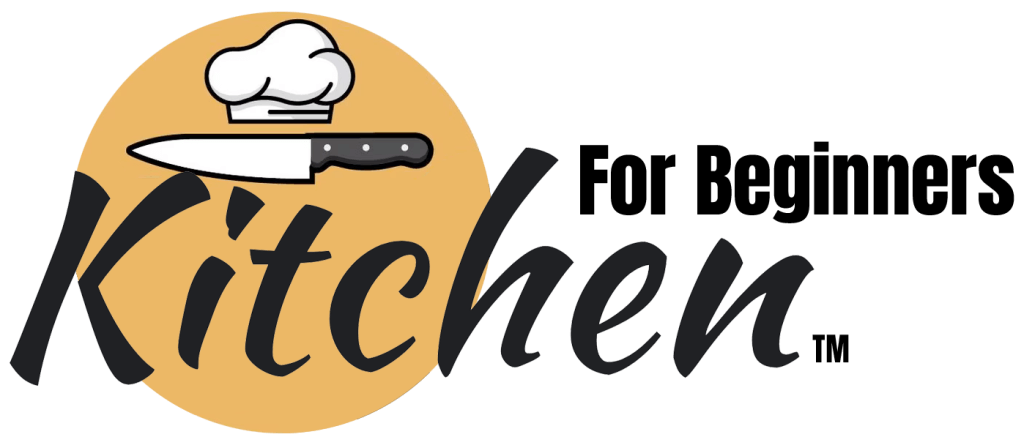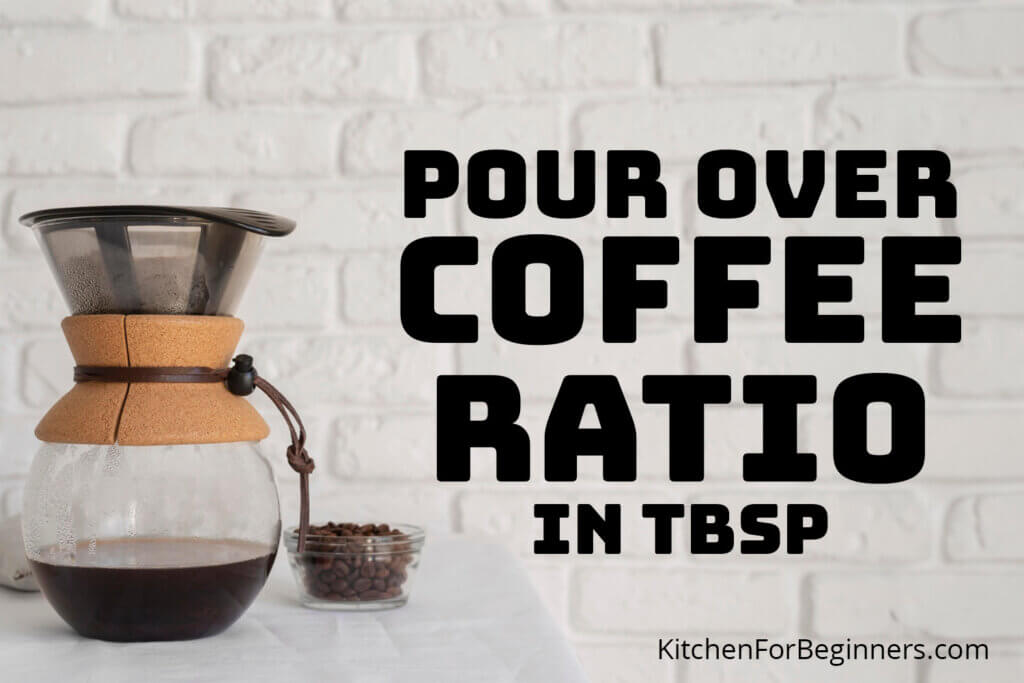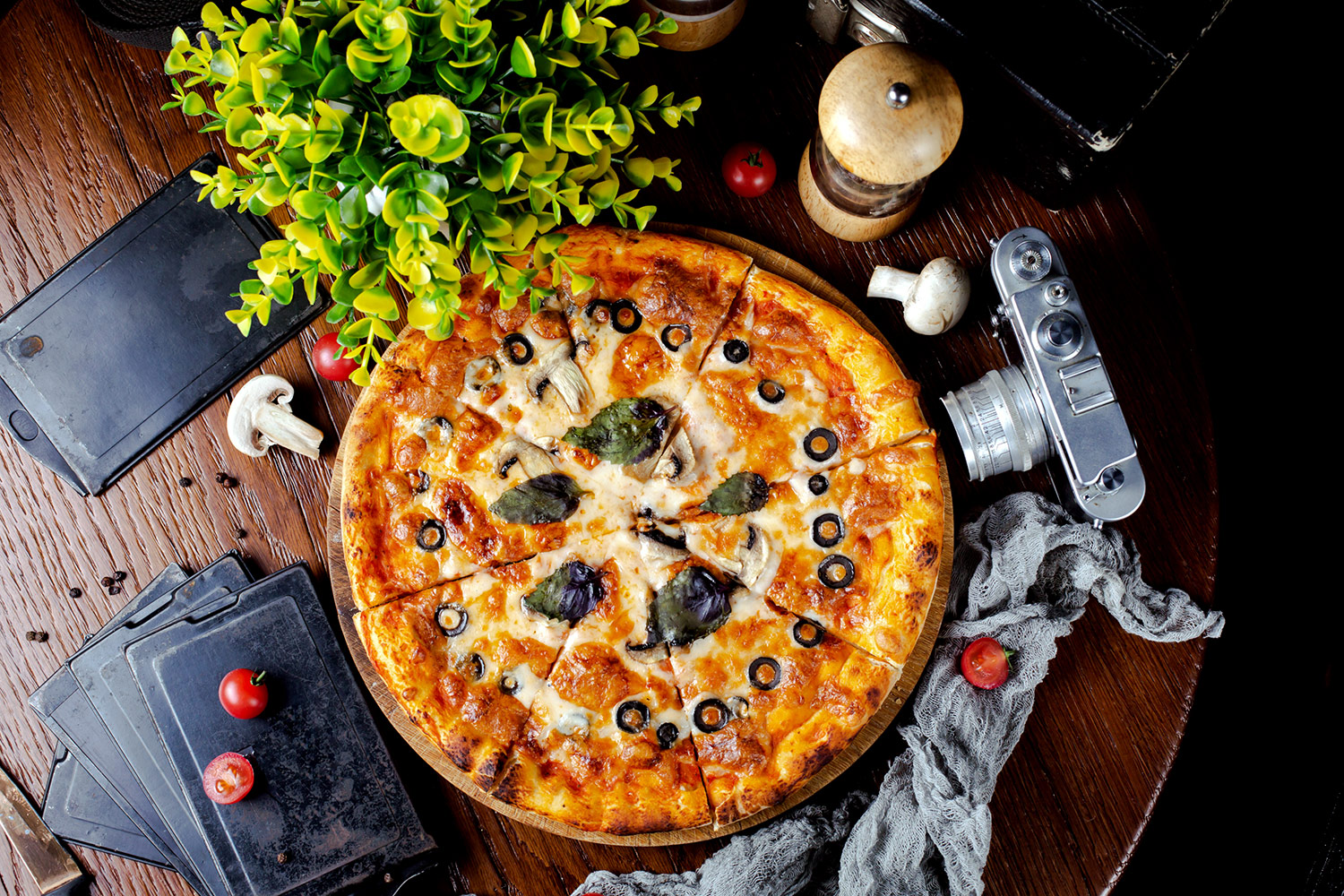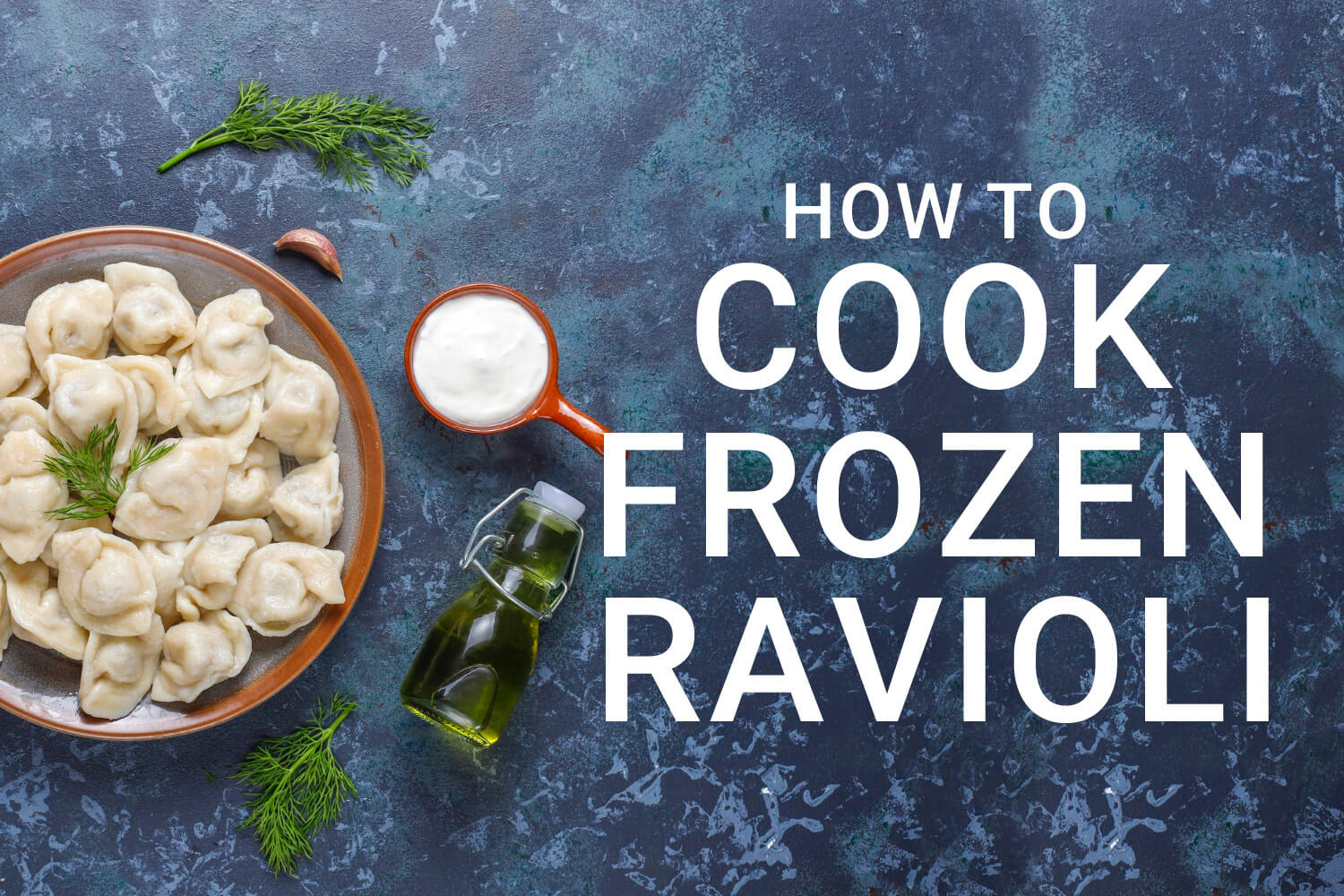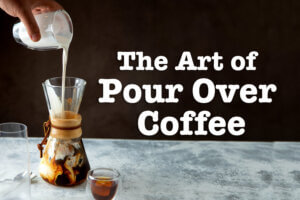Get straight to brewing your perfect pour over with this quick tip: use 2 tablespoons of coffee for every 6 ounces of water. This article dives deeper, tailoring the pour over coffee ratio tbsp to your taste and covering crucial factors such as grind size and coffee roast. Arm yourself with the know-how to achieve your best cup yet.
Key Takeaways
- Start with the recommended coffee-to-water ratio of 1 tablespoon of coffee for every 6 ounces of water, adjusting for personal taste, roast level, and grind size for the perfect brew.
- Consider various factors like the coffee’s roast level, grind size, and personal taste when fine-tuning your pour over ratio to avoid over- or under-extraction and achieve balanced strength and flavor.
- Utilize key pour over techniques like a proper bloom, maintaining water temperature between 195°F to 205°F, and consistent pouring to enhance flavor extraction and achieve a symphony of taste in your coffee.
Discovering the Ideal Pour Over Coffee Ratio: Tbsp Measurements
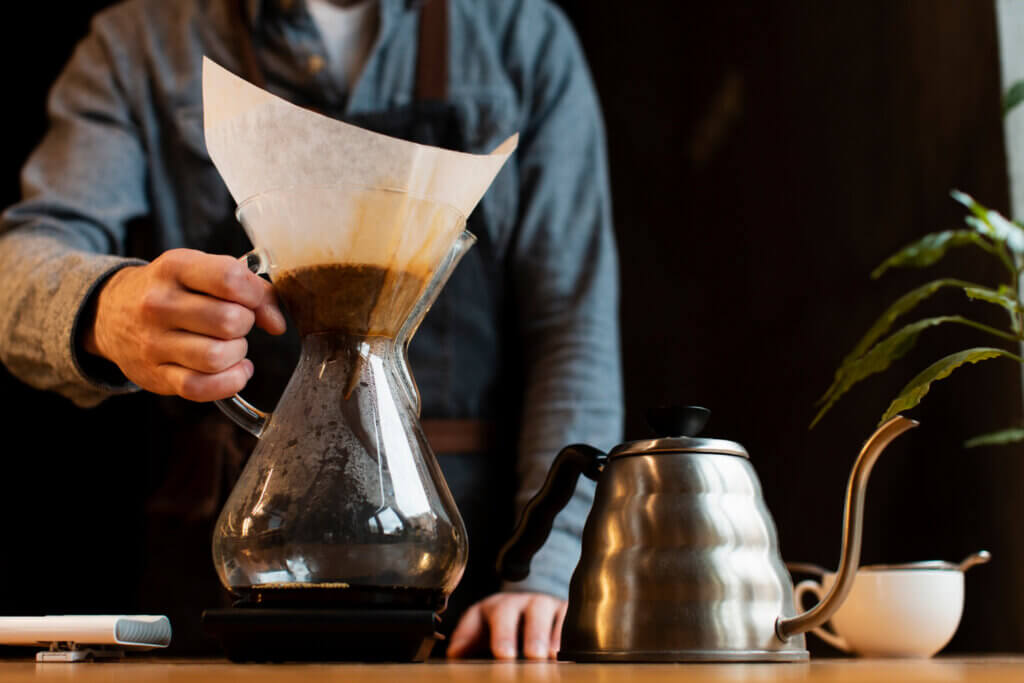
A delicious brew hinges on achieving the perfect balance between coffee and water, which leads many to wonder how much coffee to use. The National Coffee Association recommends starting with 1 tablespoon of coffee for every 6 ounces of water as a general rule of thumb. However, the ideal ratio may vary based on personal preferences, coffee roast level, and grind size.
Consider this: if two people are brewing coffee with the pour over technique, they would generally use around 7-8 tablespoons of medium-fine grind coffee. This adheres to the 1:16 coffee-to-water ratio, ensuring a balanced flavor.
The Importance of Pour Over Coffee Ratios
The quality of your final cup is significantly impacted by the coffee-to-water ratio, which dictates the strength and taste of your pour over coffee. A correct ratio can lead to a consistently perfect coffee per cup, helping to avoid variations in quality with each brew.
Regardless of whether you’re a seasoned coffee enthusiast or a novice, comprehending this ratio’s significance is key to creating a delicious pour over coffee.
Measuring with Tablespoons
Don’t have a scale nearby? Fear not. You can still use tablespoons as an effective measurement tool for coffee. A common guideline suggests using 2 tablespoons of coffee for every 6 fluid ounces of water, providing a convenient alternative for pour over coffee brewing when a scale is not accessible.
Measuring with tablespoons offers a good starting point, and you can adjust the amount based on your taste preference. For a more precise measurement, you can use a container marked with “fl oz 180 ml” to ensure the correct volume.
Factors Influencing Your Perfect Ratio
Although the fundamental coffee-to-water ratio forms an excellent foundation, various factors could tweak your ideal ratio. These variables include the roast level of your coffee, the size of your grind, and of course, your personal taste preference.
For example, light roast coffees generally require a higher water ratio, around 1:16 to 1:17, while dark roast coffees can use a lower ratio, such as 1:14 to 1:15, to prevent over-extraction.
Roast Level
The roast level has a significant influence on the ratio. Here are some recommendations for different roast levels when making pour-over coffee:
- Light to medium roasts are generally recommended, as they often need higher water temperatures for optimal flavor extraction.
- By adjusting water temperature for different roast levels, you can achieve variations in the coffee-to-water ratio.
- This will result in a perfect pour-over brew tailored to the unique characteristics of the roast.
Grind Size
The size of your grind also plays a crucial role in pour over coffee brewing. It directly affects how water flows through the coffee and the rate at which the coffee is extracted, influencing the coffee-to-water ratio. For instance, cone-shaped pour over brewers typically work best with a coarser medium grind, whereas flat-bottom brewers prefer a somewhat finer, medium-fine grind.
Achieving the correct grind size allows for an appropriate water flow rate, which can be observed during brewing.
Personal Taste Preferences
Taste in coffee is highly subjective, and you are the best judge of your own palate. Therefore, personal taste preferences should guide the tweaking of coffee-to-water ratios. A commonly suggested starting point for experimentation is the 1:16 ratio of coffee to water, serving as a baseline for achieving balanced strength and flavor.
Feel free to adjust the amount of coffee for a more robust flavor or decrease it for a milder taste to find the taste preference that best satisfies your palate when making a cup of coffee.
Pour Over Coffee Brewing Techniques
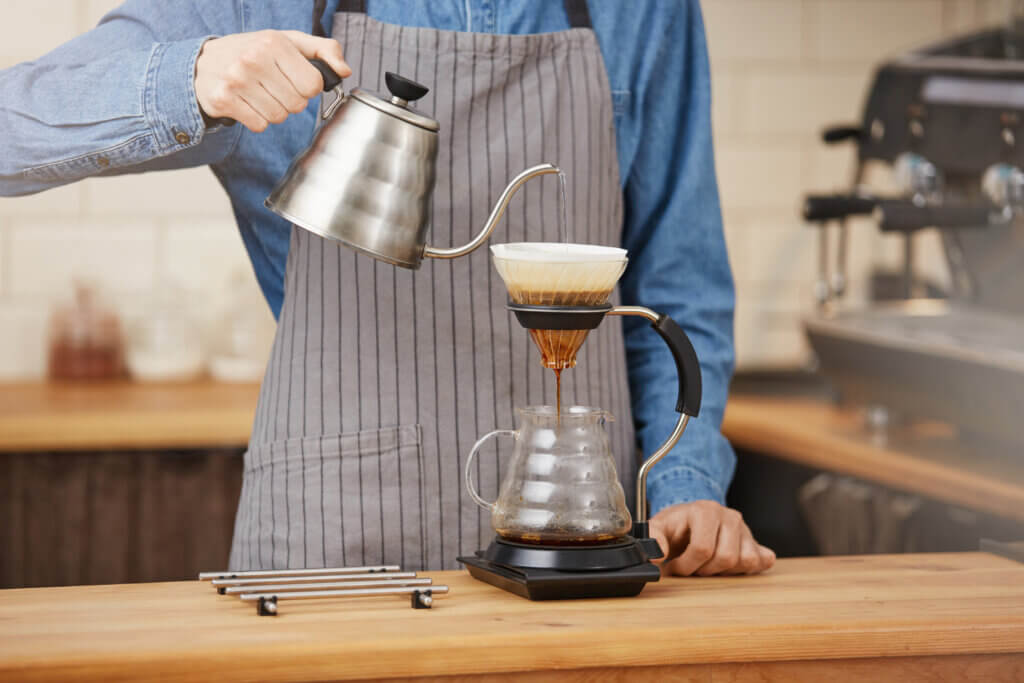
Brewing the perfect cup of pour over coffee is akin to a symphony, where multiple techniques harmoniously come together in the brewing method. These techniques like blooming, controlling water temperature, and maintaining pouring consistency, are essential for extracting the most out of your coffee beans.
When these techniques are mastered, the flavor notes of your brew can sing in perfect harmony, enhancing your pour over coffee experience.
Blooming
Blooming is a pivotal technique in the pour over brewing process. This phase involves adding enough water to wet the coffee grounds, allowing gases trapped from the roasting process to escape, enhancing flavor extraction. The amount of water used for blooming is usually about twice the amount of coffee used in grams.
Experimenting with different bloom times can transform your coffee experience, fostering a more tailored extraction process that sings to your specific taste preferences.
Water Temperature
The brewing process also significantly depends on the water temperature. The optimal water temperature for brewing pour over coffee falls in the range of 195°F to 205°F (90°C to 96°C). This temperature range is essential for extracting the best flavor from the coffee grounds. Water that’s too hot can lead to over-extraction and bitterness, while water that is not hot enough can cause under-extraction and a weak brew.
Hence, maintaining a consistent temperature within the ideal brewing range ensures optimal extraction.
Pouring Consistency
Despite the importance of blooming and water temperature, pouring consistency serves as the maestro directing the entire brewing symphony. From pulse pouring to continuous pouring, different techniques can be utilized to achieve consistent extraction.
Using tools like a gooseneck kettle can provide greater control over hot water flow and distribution, which is essential for ensuring consistent extraction and a balanced flavor.
Essential Tools for Pour Over Coffee Brewing
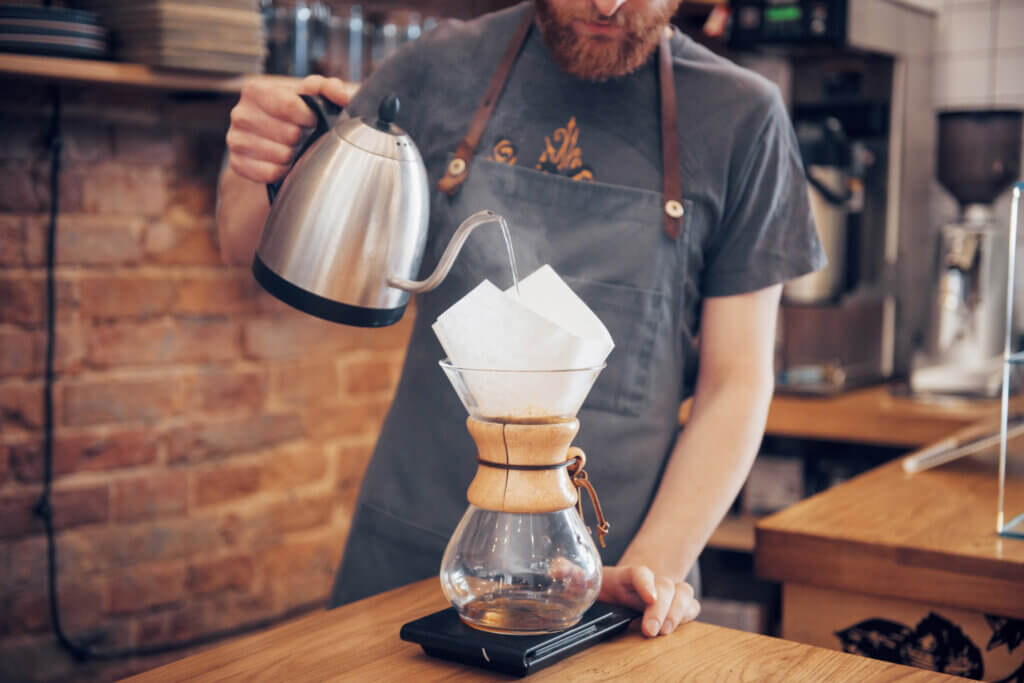
Brewing the perfect cup of pour over coffee, much like a master chef, necessitates the right set of tools. These include a high-quality coffee grinder, a digital scale for precise measurements, a gooseneck kettle for controlled pouring, and a reliable coffee maker – all indispensable for the best pour-over coffee experience.
Keep in mind that grinding coffee beans immediately prior to brewing helps preserve their freshness and robust flavor, preventing any weak or sour taste.
Grinders
To craft the perfect cup of pour-over coffee, a high-quality coffee grinder is indispensable. It is a must-have tool for enhancing the flavor and aroma of the coffee beans. Burr grinders, for example, provide a more consistent grind size, which is essential for even extraction and achieving the full flavor potential in pour over coffee.
A grinder with numerous grind settings is advantageous as it allows for precise adjustments to achieve the specific grind consistency required for different brewing methods.
Scales
Your coffee brewing kit should also include another vital gadget – a digital gram scale. It ensures precise coffee-to-water measurements, a critical aspect in brewing pour over coffee. Consistent use of a digital scale for measuring coffee and water directly correlates with achieving consistent and high-quality pour over coffee results.
So, whether you’re a seasoned barista or a homebrew enthusiast, a scale is a non-negotiable tool in your brewing kit.
Gooseneck Kettles
The importance of a gooseneck kettle in the pour over brewing process is beyond measure. The long, curved spout of a gooseneck kettle enables better control of the water flow, crucial for consistent extraction in pour over coffee brewing. It allows for precision pouring that can lead to a more even extraction and consistent taste in pour over coffee.
When choosing a gooseneck kettle, factors such as capacity, material, temperature control, and the presence of a built-in thermometer should be considered.
Troubleshooting Common Pour Over Coffee Issues
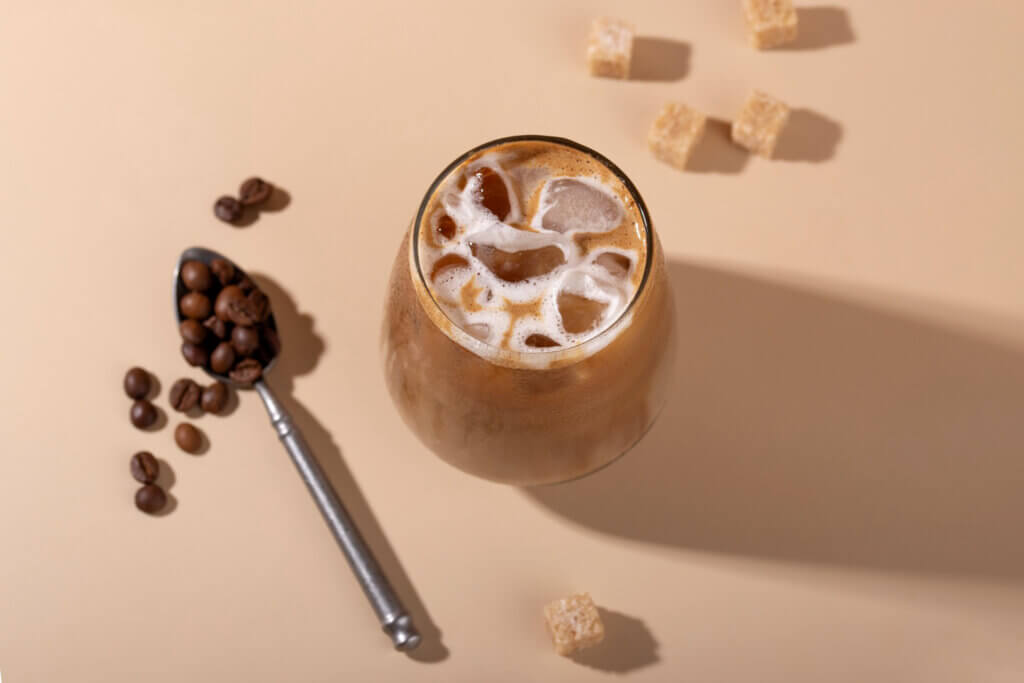
Despite using the correct proportions and techniques, you may still run into some obstacles on your brewing journey. But don’t fret – many common issues in pour over coffee brewing can be rectified by adjusting ratios, grind size, and brewing techniques.
Whether your coffee is tasting weak or bitter, or you’re experiencing inconsistency in taste, there’s always a solution.
Weak or Bitter Coffee
Should your coffee taste exceedingly bitter, it might be worth decreasing the coffee-to-water ratio. Conversely, if your coffee is too weak, consider bumping up the ratio. Grind size also impacts extraction; a finer grind can lead to over-extraction and bitterness, while a coarser grind can lead to under-extraction and a weak flavor. Similarly, brewing time affects strength and taste; prolonged exposure to water can make coffee tastes bitter from over-extraction.
Comprehending the equilibrium between the strength and flavor of coffee can lead to a pleasing pour over coffee experience.
Inconsistency in Taste
Achieving a consistent taste requires precision. Utilizing a scale during brewing can enhance consistency by addressing variances in coffee density and volume. Achieving the correct grind size is key to avoiding under-extraction and its consequent sour taste.
Also, a consistent and controlled brewing process, including pouring technique and water flow rate, is crucial for taste consistency. And don’t forget – proper storage of coffee beans is equally important to prevent sourness in taste.
Specialty Coffee Recommendations
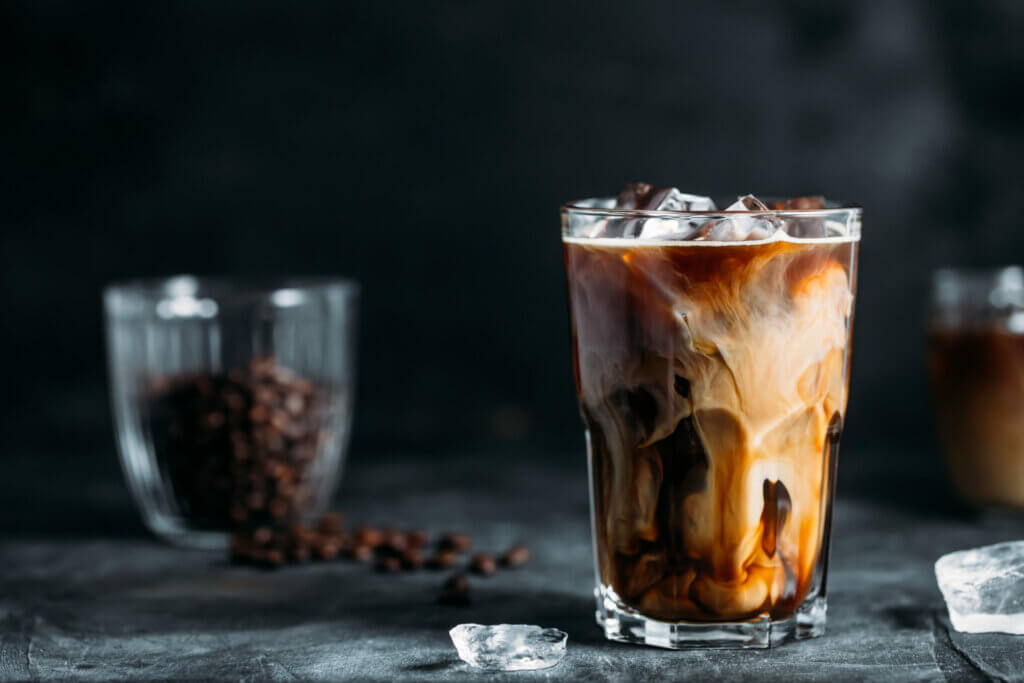
Coffee’s world is expansive and varied, with the pour over technique acting as an ideal conduit to explore this diversity. By experimenting with different origins, roast levels, and processing methods, you can discover a range of flavor notes and characteristics that resonate with your taste preferences using ground coffee.
Regardless of whether you’re a seasoned coffee connoisseur or a coffee novice, embrace experimentation to discover your perfect flavor profile in pour over coffee.
Light Roasts
Light roast coffees, with their distinctive flavor profile, marry well with the pour over brewing technique. With their bright acidity and complex fruity or floral notes, particularly in African beans, light roasts are a delight to the palate. Their inherent flavors and subtle tones are adeptly maintained in pour over brewing, facilitating a more nuanced taste experience that respects the original flavor identity of the coffee bean.
Medium Roasts
Striking a harmonious balance between light and dark roasts, medium roast coffee boasts well-rounded flavors that adapt well to pour over brewing. Central and South American medium roasts often have flavor notes of chocolate, nuts, and a balanced acidity, making them particularly suited for pour over brewing, which enhances their complex flavors.
Dark Roasts
Dark roast coffees, with their distinctive profile and bold flavors, shine particularly brightly when brewed with the pour over method, also known as the coffee drip technique. These whole bean coffee varieties typically exhibit tasting notes of dark chocolate, toasted nuts, and an underlying sweetness that is often described as caramel-like.
By properly calibrating the pour over coffee ratio and grind size for dark roasts, you can ensure the full spectrum of flavors can be appreciated.
Summary
In the realm of coffee brewing, pour over method stands out for its precision, control, and ability to highlight the complex flavors of coffee. From understanding the coffee-to-water ratio, mastering brewing techniques, to using the right tools, every step contributes to the art of brewing the perfect pour over coffee. So embark on this brewing journey, experiment with different variables, and find your own perfect cup. After all, coffee is a personal affair, and the best cup is the one that tastes best to you.
Frequently Asked Questions
Is it 1 or 2 tablespoons of coffee per cup?
For a standard 6-ounce cup of coffee, you can use 1-2 tablespoons of ground coffee, with 1 tablespoon for lighter coffee and 2 for stronger coffee. Keep in mind that a standard mug size is closer to 12 ounces or larger.
How many tablespoons of coffee for 16 oz?
You’ll need 4 tablespoons of coffee for 16 oz. Enjoy your brew!
How does the coffee-to-water ratio affect the taste of pour over coffee?
The coffee-to-water ratio greatly impacts the flavor and strength of pour over coffee. Getting the ratio right ensures a consistently delicious cup, preventing fluctuations in quality with each brew.
What is the importance of blooming in pour over coffee brewing?
The blooming phase in pour over coffee brewing is important because it allows gases to escape from the coffee grounds, enhancing flavor extraction and preventing off-flavors. So, don’t skip this step if you want a delicious cup of coffee!
What role does grind size play in pour over coffee brewing?
Grind size is crucial for pour over coffee brewing as it impacts water flow and extraction rate, directly influencing the coffee-to-water ratio. Adjusting the grind size can significantly impact the flavor of your coffee.
Related Posts
- Indulge With The Ultimate Pound Cake Churros Recipe

How To Cook Frozen Tamales – Learn The Best And Worst Ways
How To Reheat A Burrito Like a Boss
